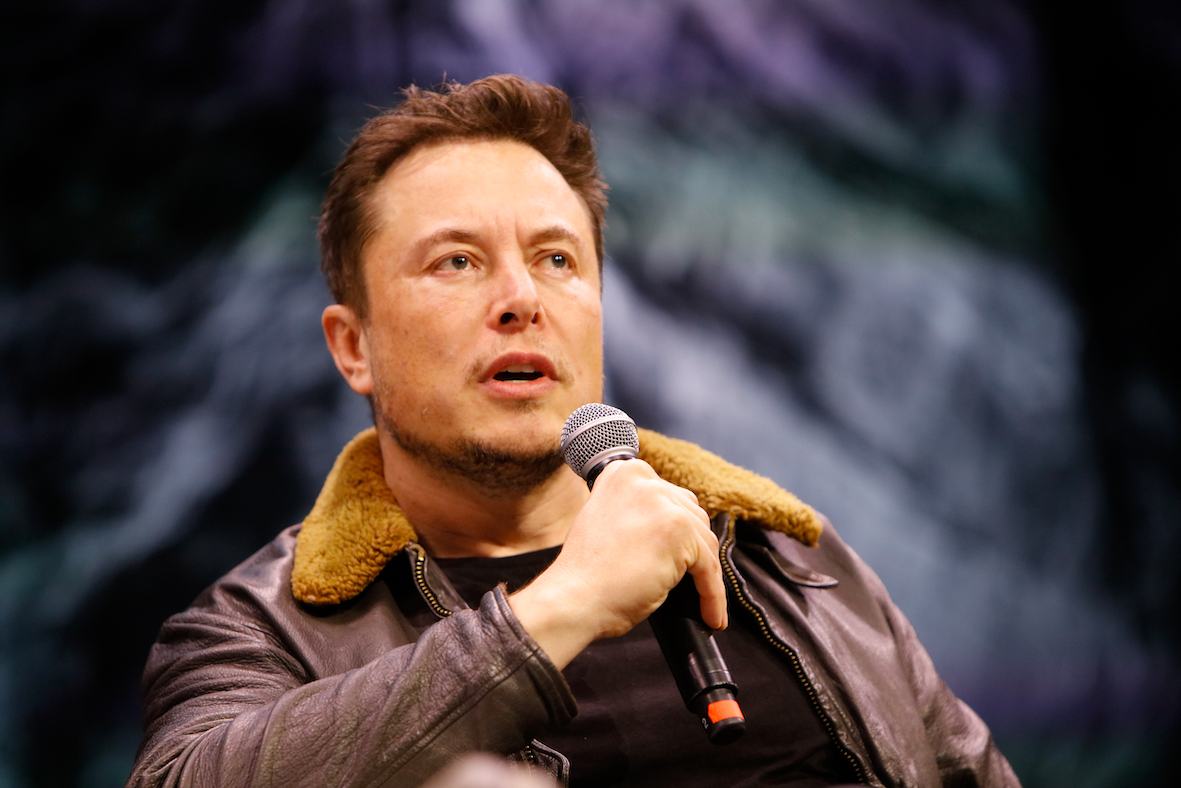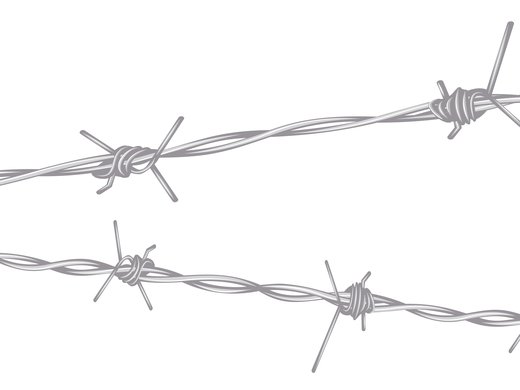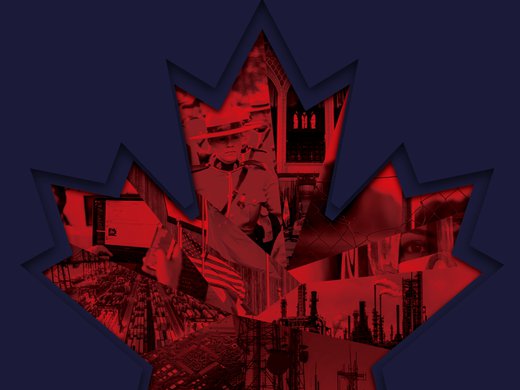As Elon Musk recently explained to an audience of military personnel, “the fighter jet era has passed.” Speaking with Lieutenant General John Thompson at the 2020 Air Warfare Symposium, the technology magnate praised the US military but emphasized that autonomous drone warfare had arrived.
In fact, Musk did not go far enough. Not only are we witnessing the end of industrial-era fighter jets, we’re witnessing the end of the industrial-era military itself.
The combination of artificial intelligence (AI), robotics and new space-based industries suggests we have entered a new era in military technologies — one that resembles science fiction more than it does the mass industrial society of the past century. As recent conflicts in Azerbaijan, Ethiopia and Ukraine demonstrate, a swarm of relatively cheap, autonomous and semi-autonomous drones can be extremely effective in overwhelming conventional military targets.
Canada’s 2017 defence policy, Strong, Secure, Engaged, partly reflects this understanding in its call to adapt the Canadian Armed Forces to a changing technological landscape, via innovation and modernization. In fact, Canadian defence planning has already begun incorporating many new technology platforms — including remotely piloted drones, cybertechnologies and space-based surveillance assets — into the national defence network, as part of the evolution of its military capabilities.
What is clear, however, is that AI and other emerging technologies are not only changing the nature of matériel but also reshaping the global balance of power — altering the speed, scope and automation of military technologies. Given this new environment, Canada will need to return to first principles.
Russia’s ongoing invasion of Ukraine has exposed Europe’s economic dependence on Russian energy. But even as European nations seek to lessen their dependence on Russian oil and gas, dependence on other mineral-rich countries will remain.
Similarly, transformation of the Canadian military will mean harnessing new global supply chains and new multilateral trade agreements. The ongoing scramble for mined metals such as copper, lithium and cobalt to support green technologies represents a new and highly competitive geopolitical reality. In the broad transformation to a zero-carbon society, these mined metals are critical. This isn’t simply because these commodities are the basis for wind turbines and electric vehicles, but also because they are the basis for the future of military drones and robotics.
These AI-powered technologies are advancing quickly and represent uncharted territory in the landscape of national security — indeed, fully autonomous weapons are no longer a far-off possibility but here now. Lethal autonomous weapons systems, or LAWS, represent a new generation of technological weaponry with significant application to the battlefield. So, although securing resources is key to the military’s transformation, the future of the Canadian Armed Forces will also mean a much greater focus on innovation. Given that much of technological innovation is now industry-led, advancing public-private partnerships will be critical to evolving Canada’s national security strategy. Government processes and planning will need to adapt to accelerated innovation cycles even as government, industry and academia collaborate as an organic whole.
Much as oil and steel set the terms for the Industrial Age, so machine learning and renewables will now set the terms for the Age of AI. These technologies will generate new geopolitical realities and new global centres of power. As autonomous machines, renewable energy infrastructure, quantum computing, augmented brain-machine interfaces and space-based weapons come to the fore, pressure will grow to adapt and transform the Canadian military for a new era. Given the scale of these changes, Canada will need to ensure that it makes the right decisions now before it’s too late.



